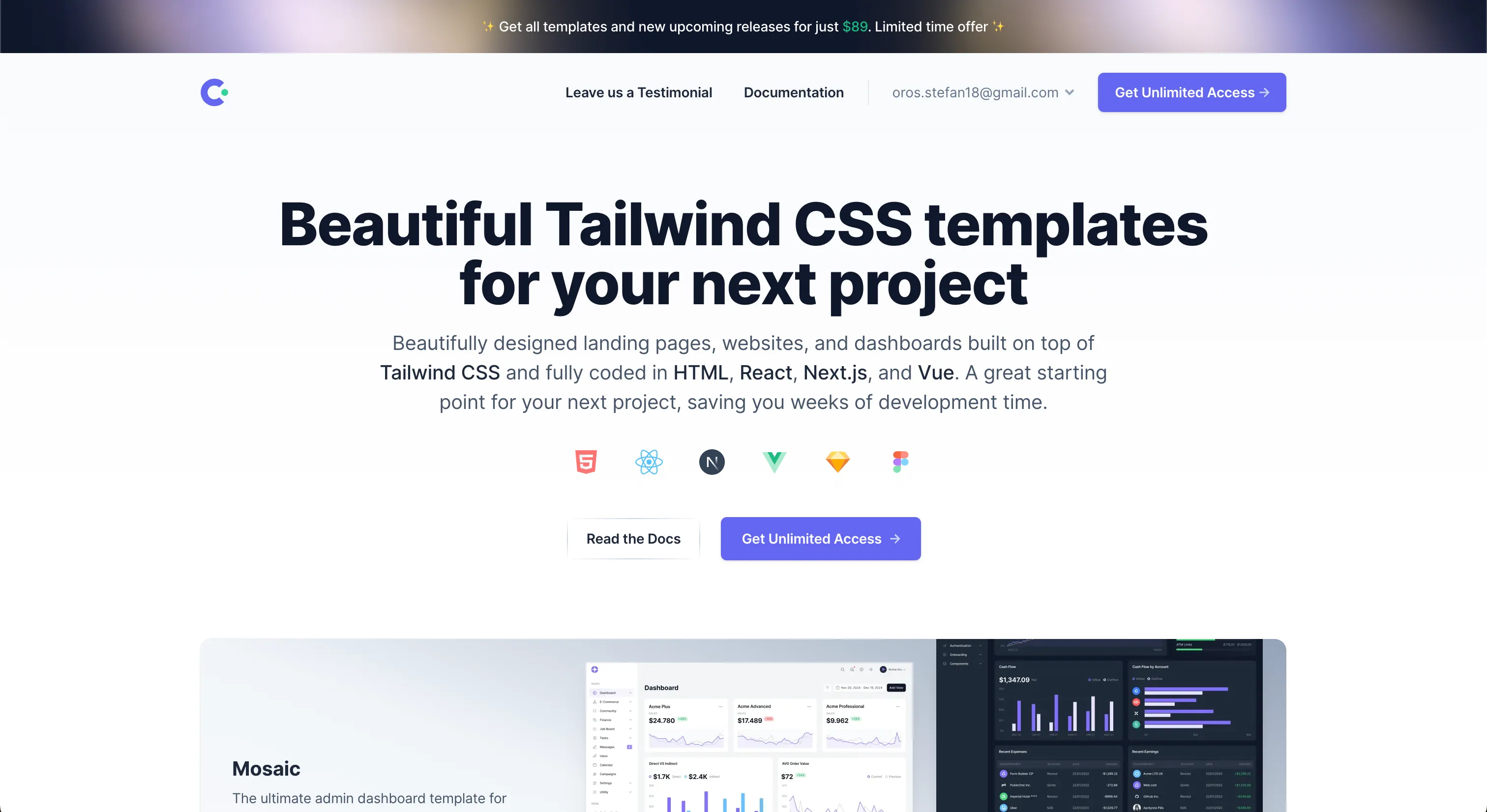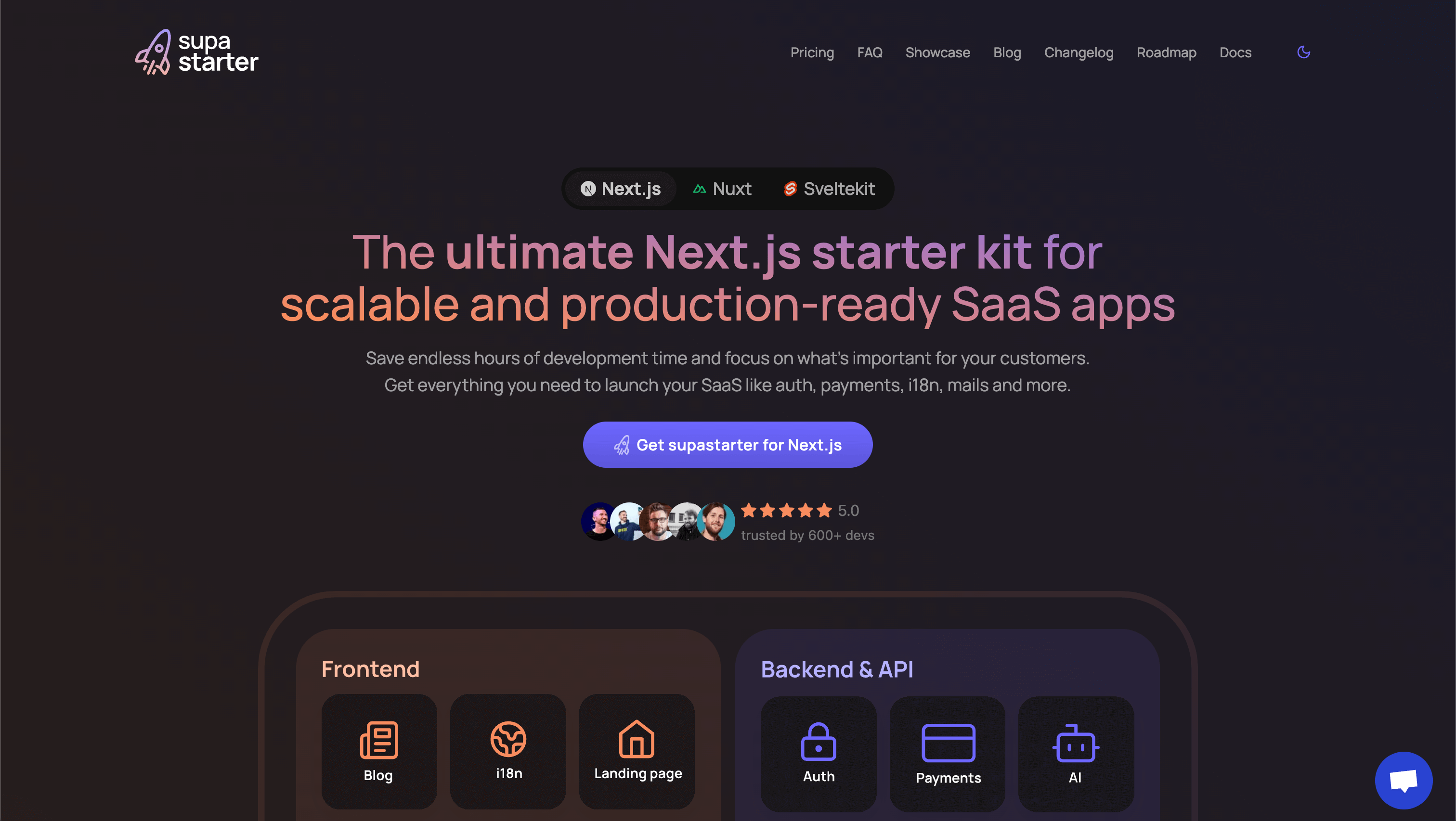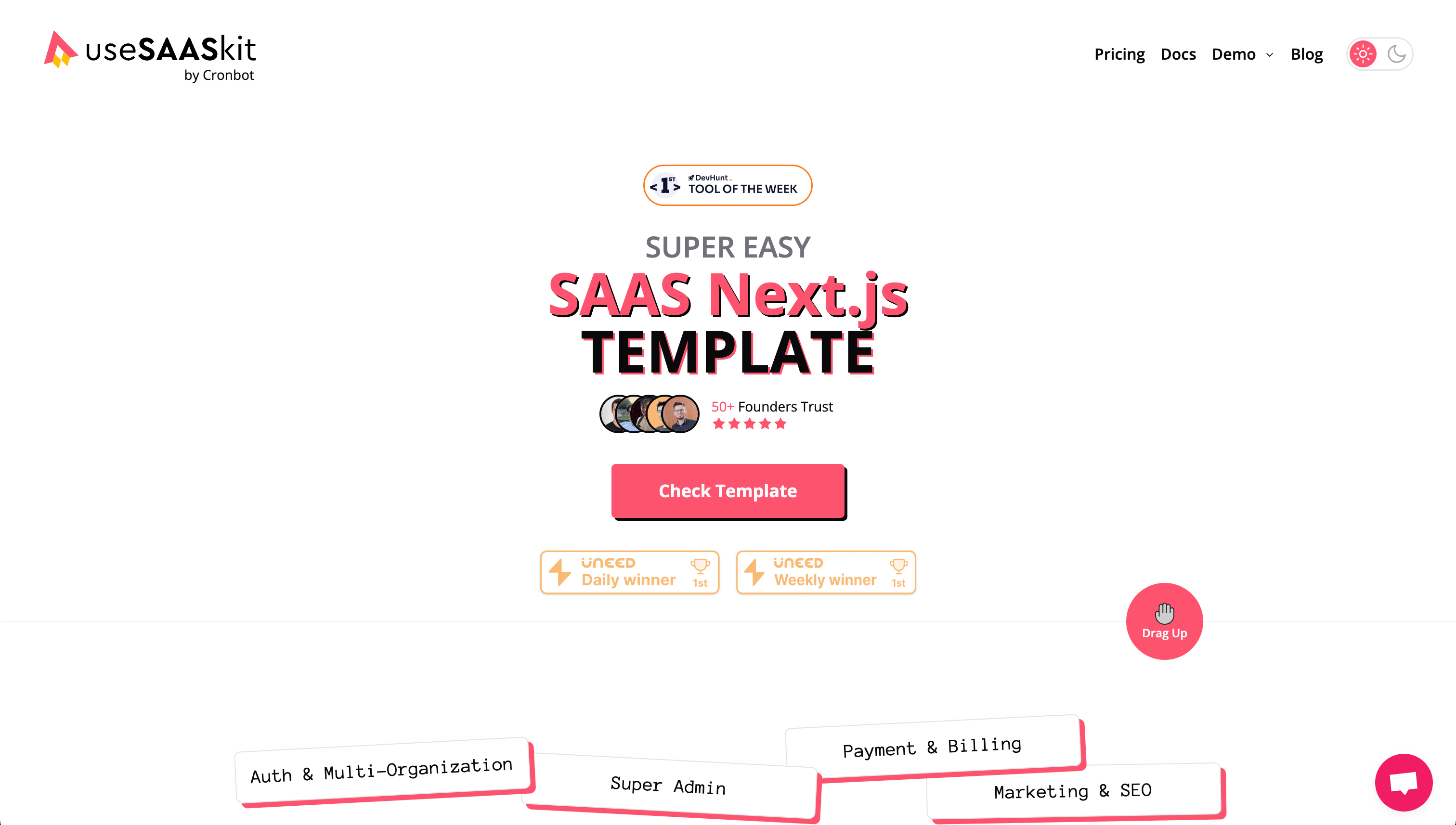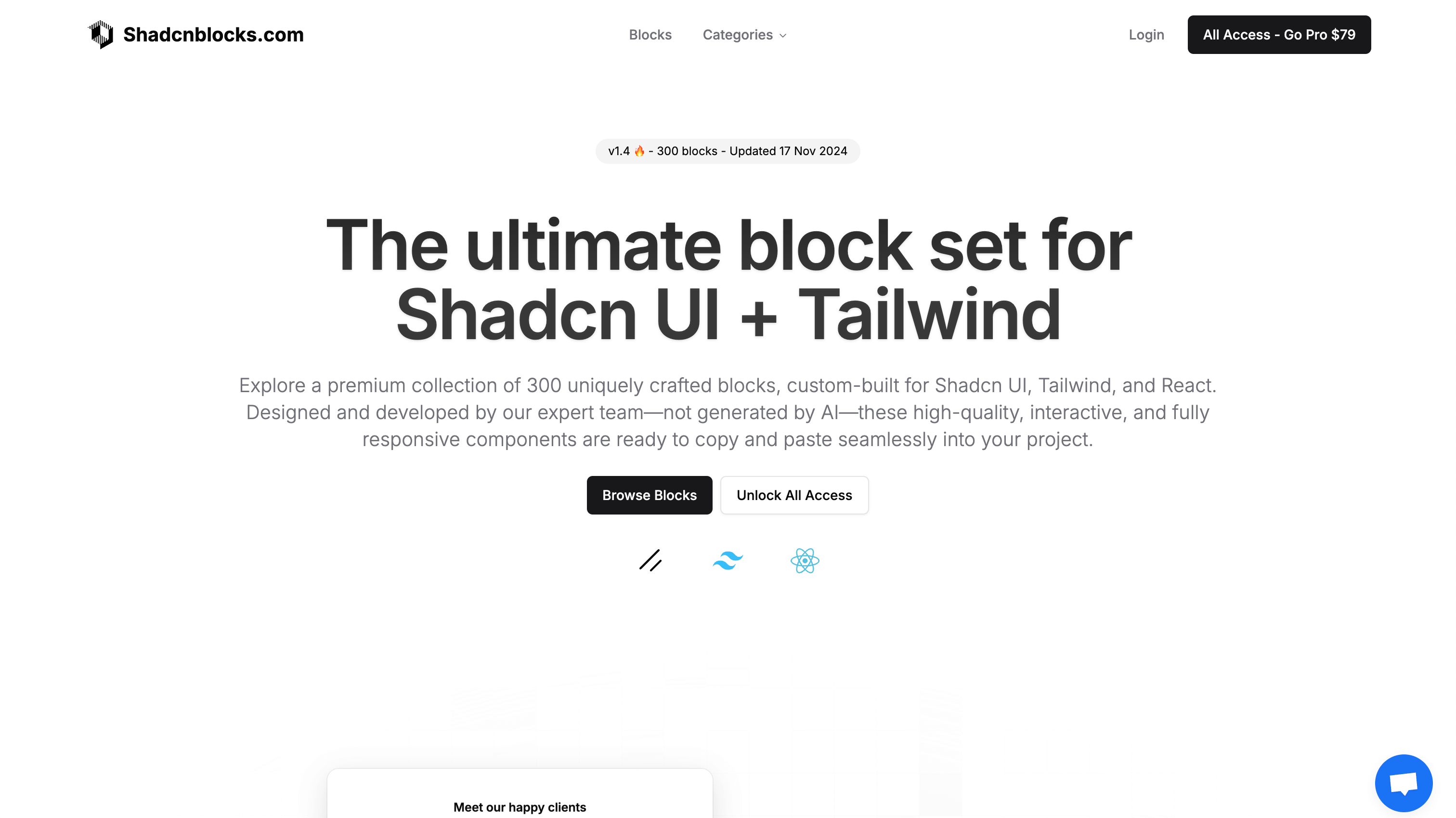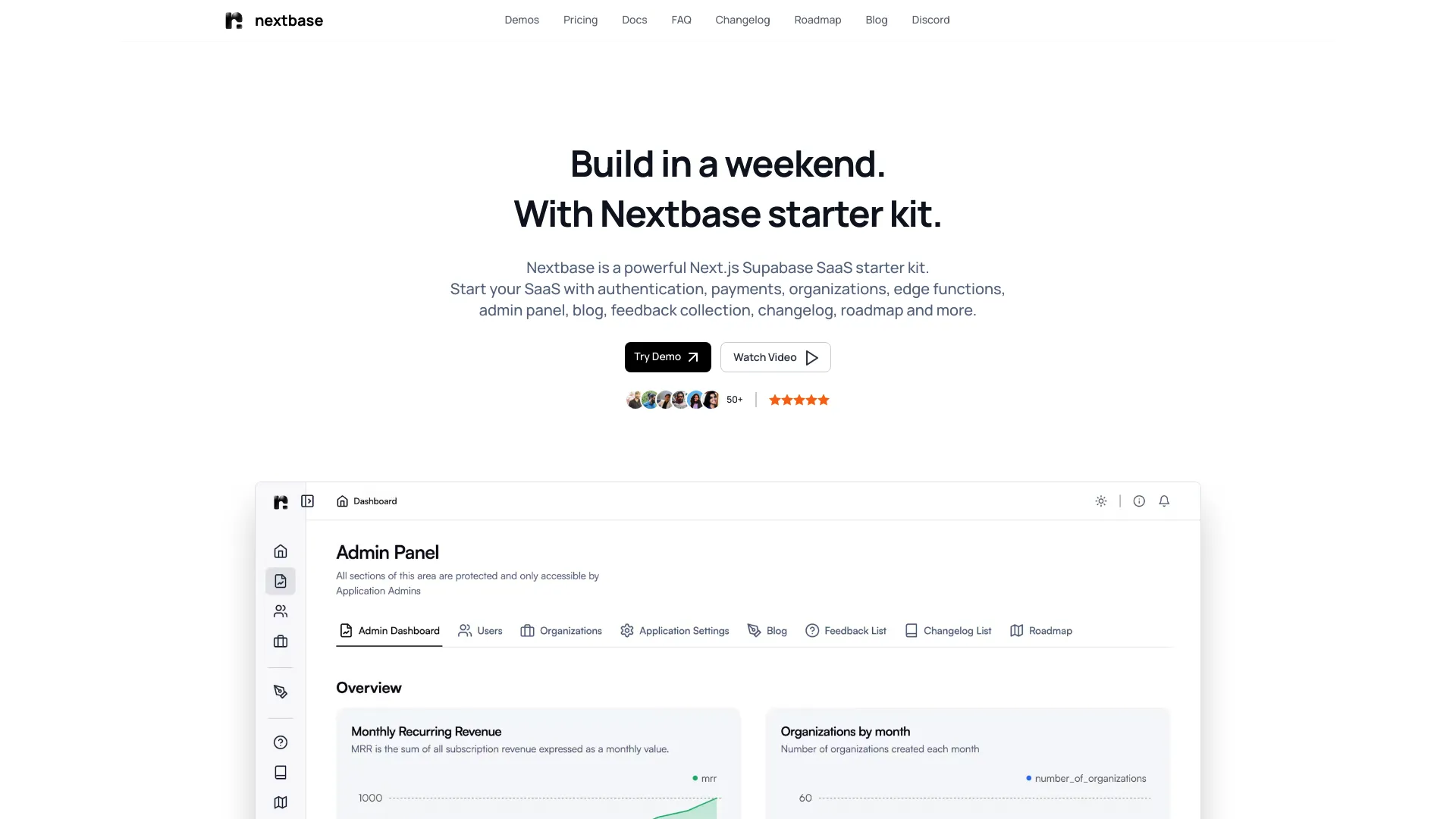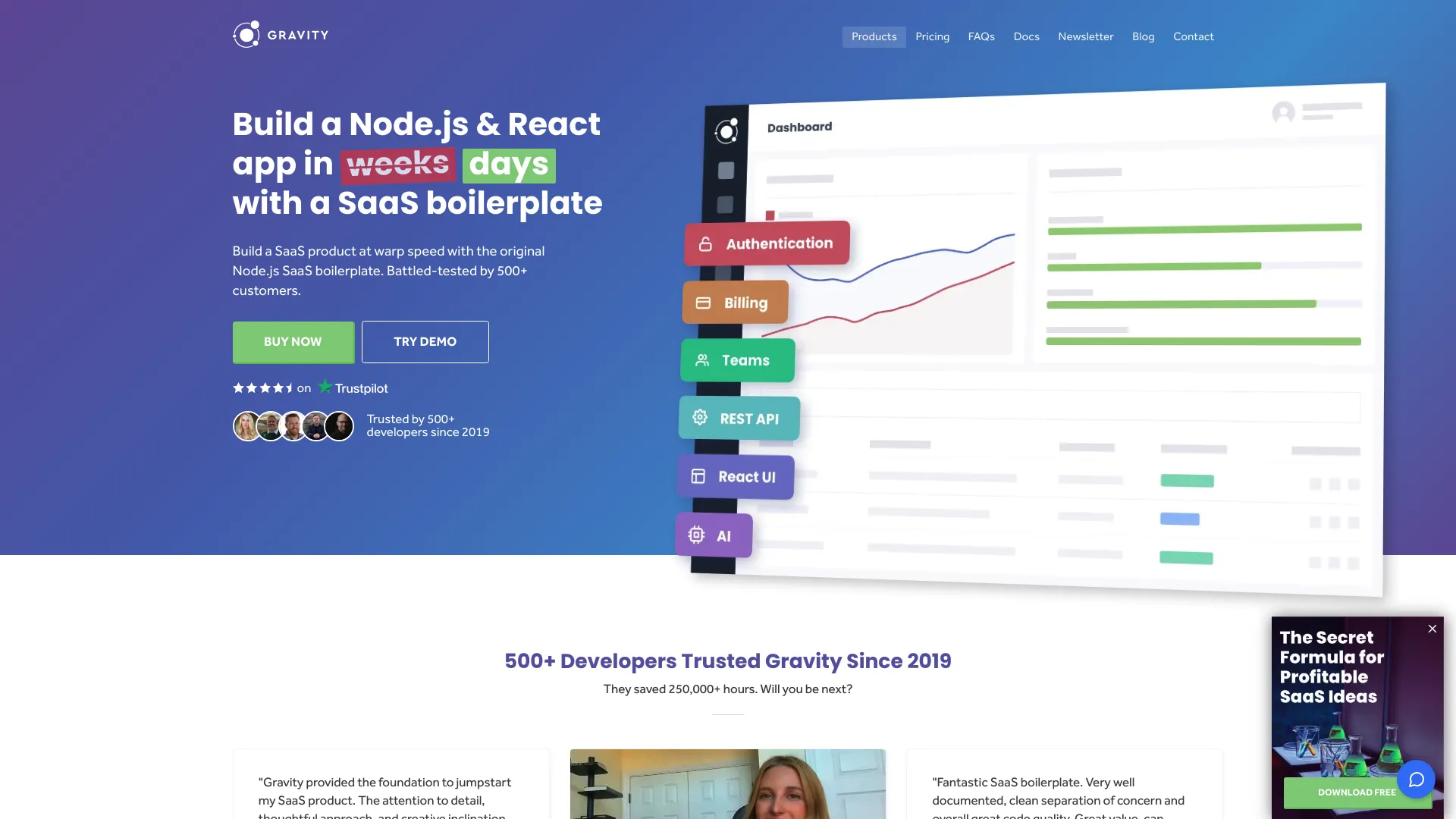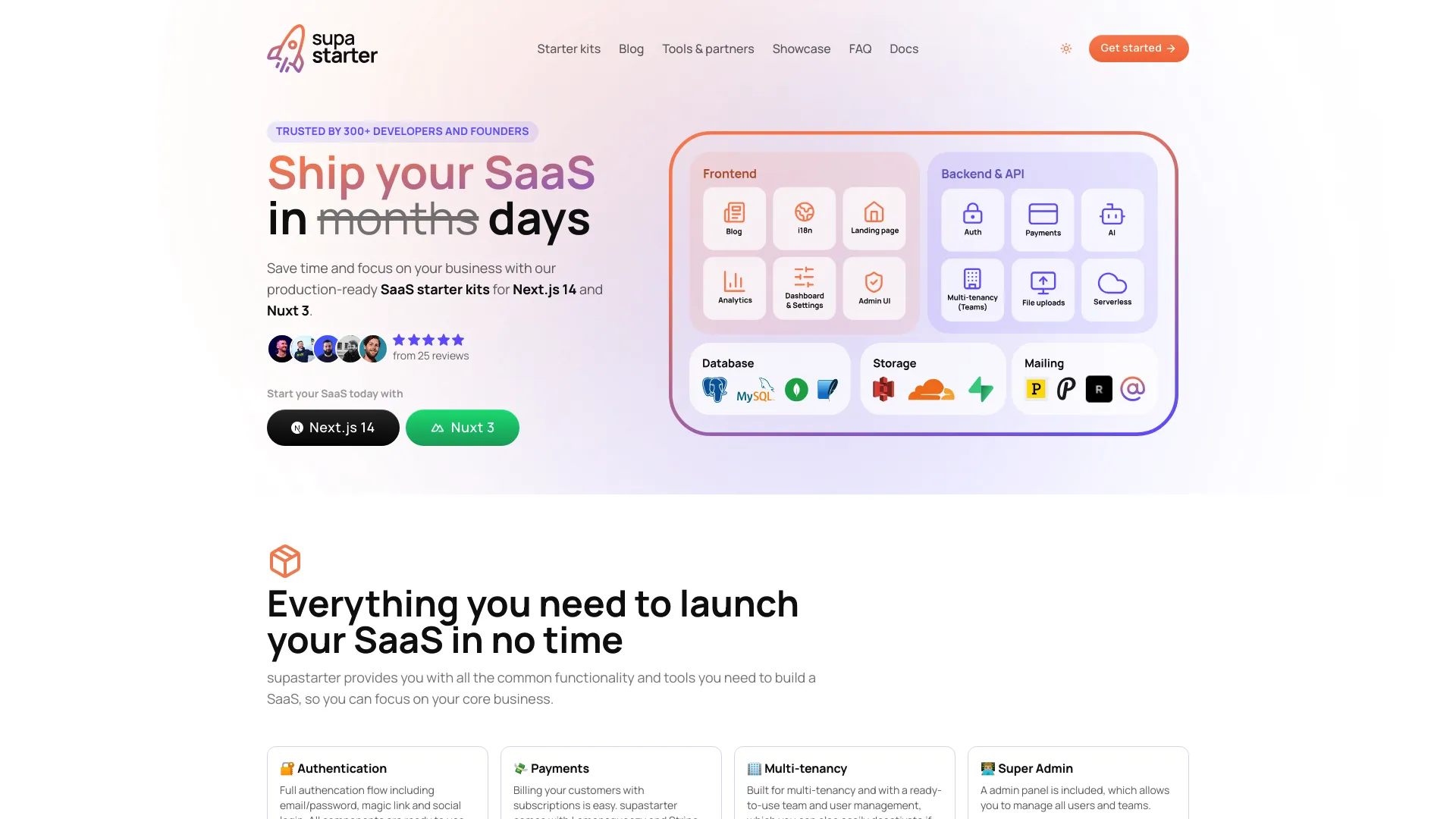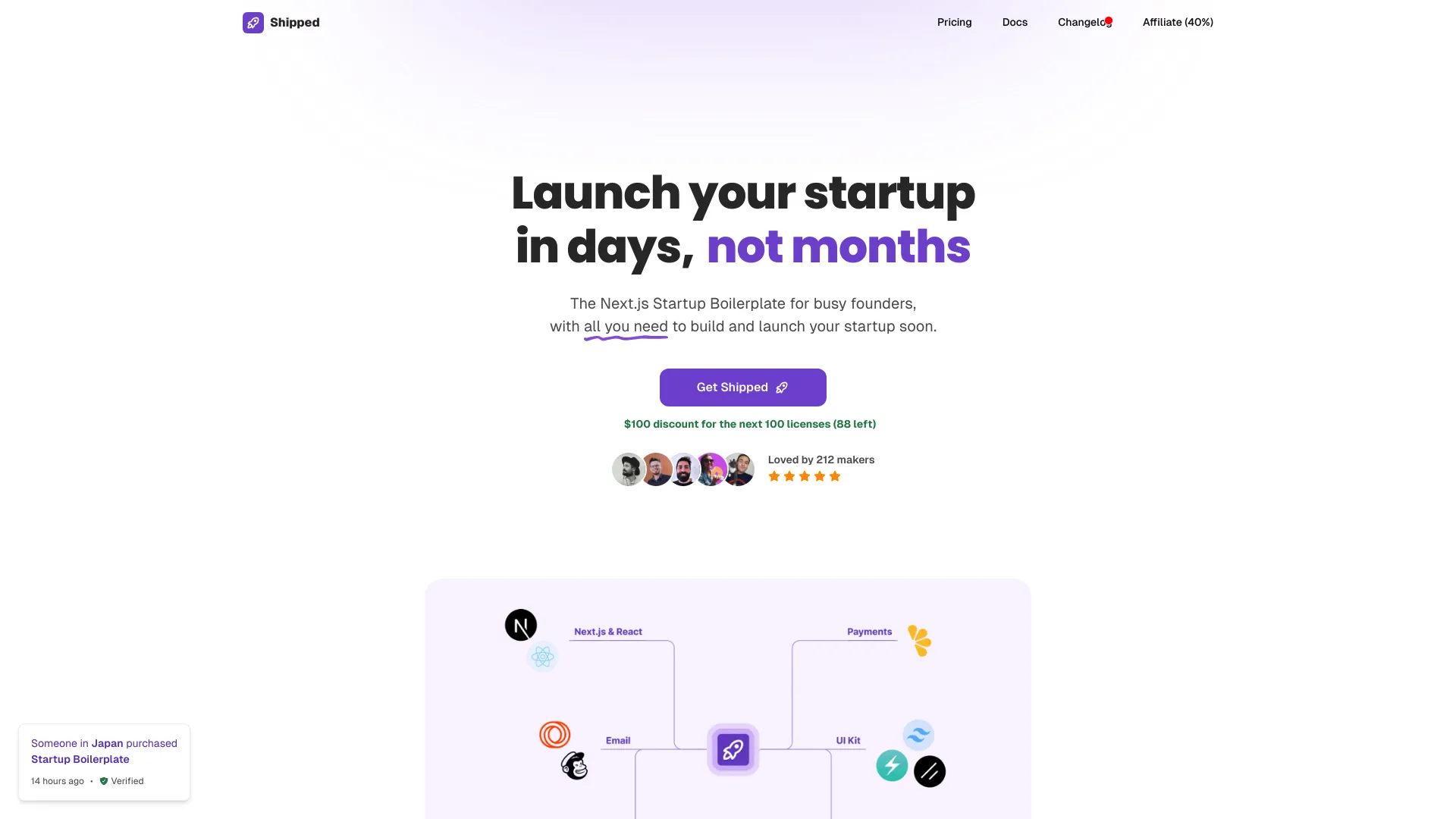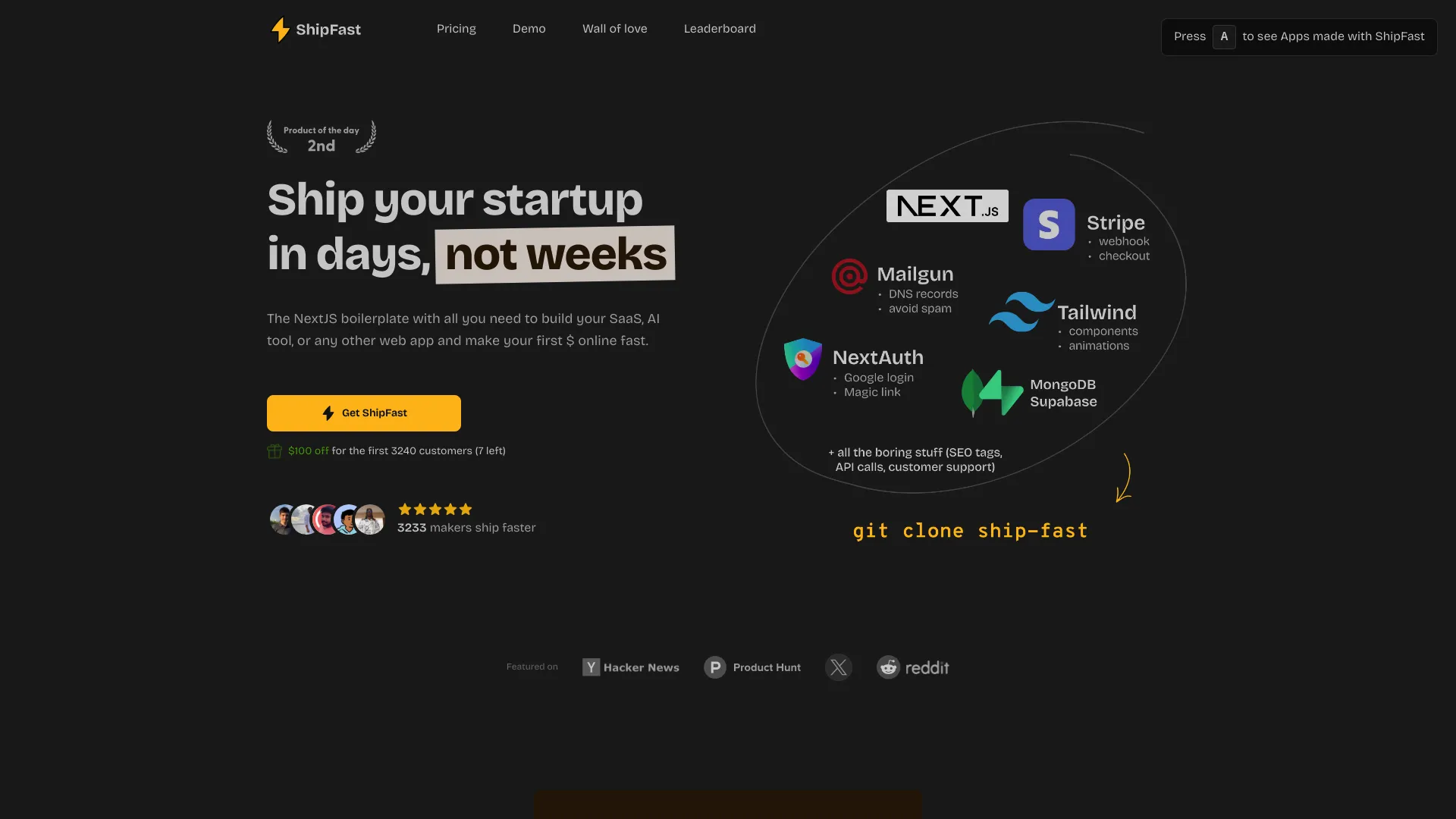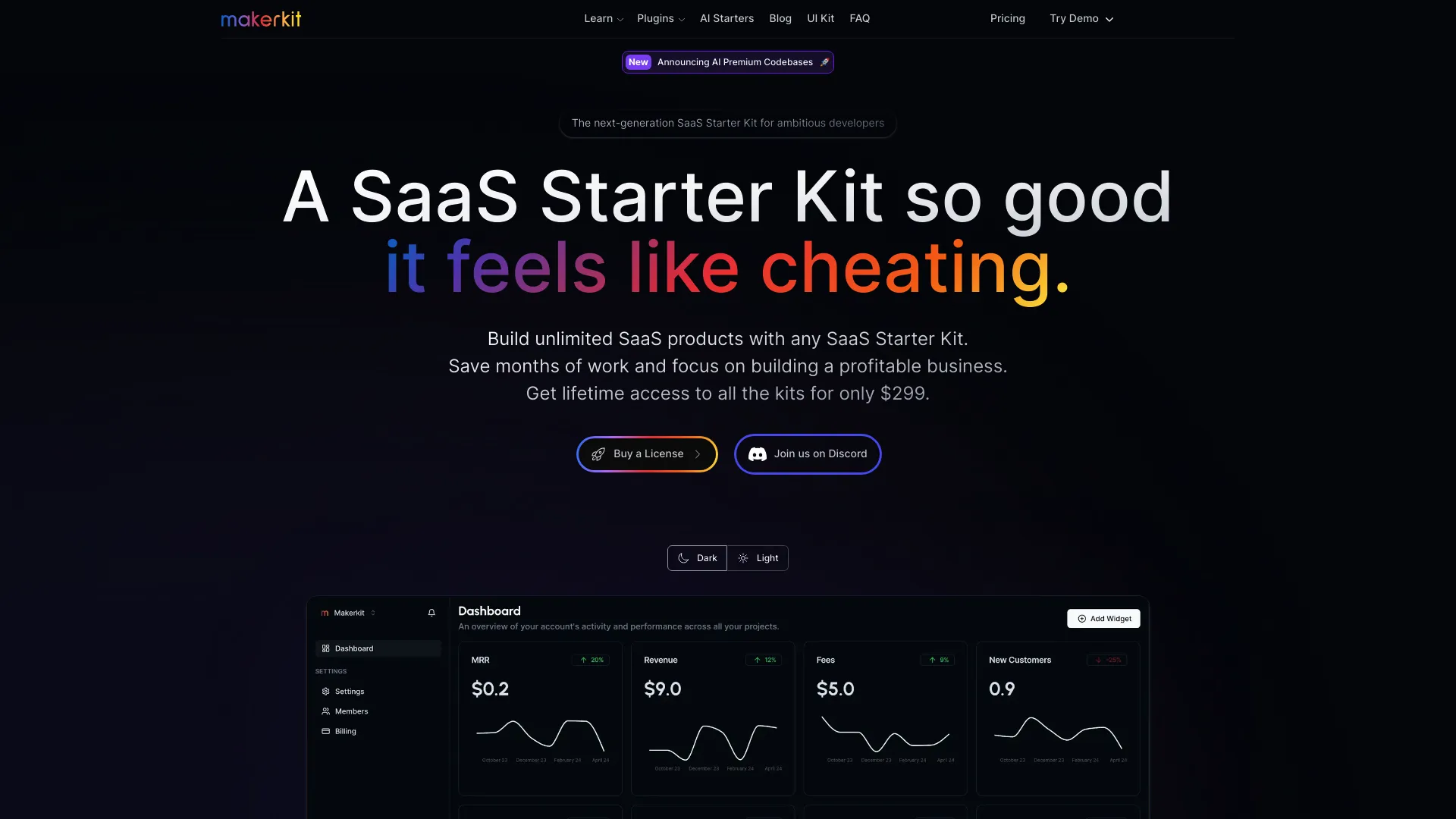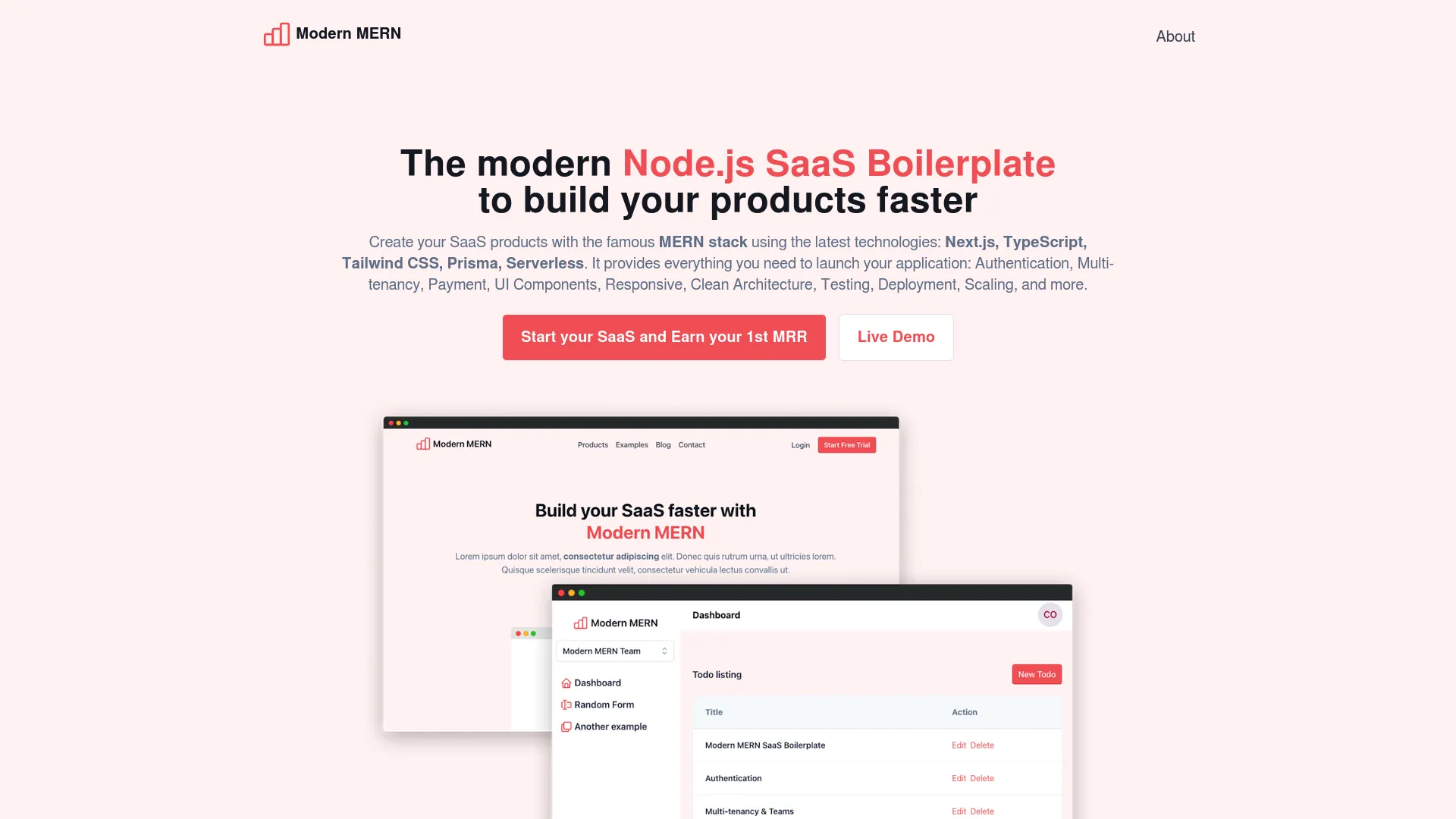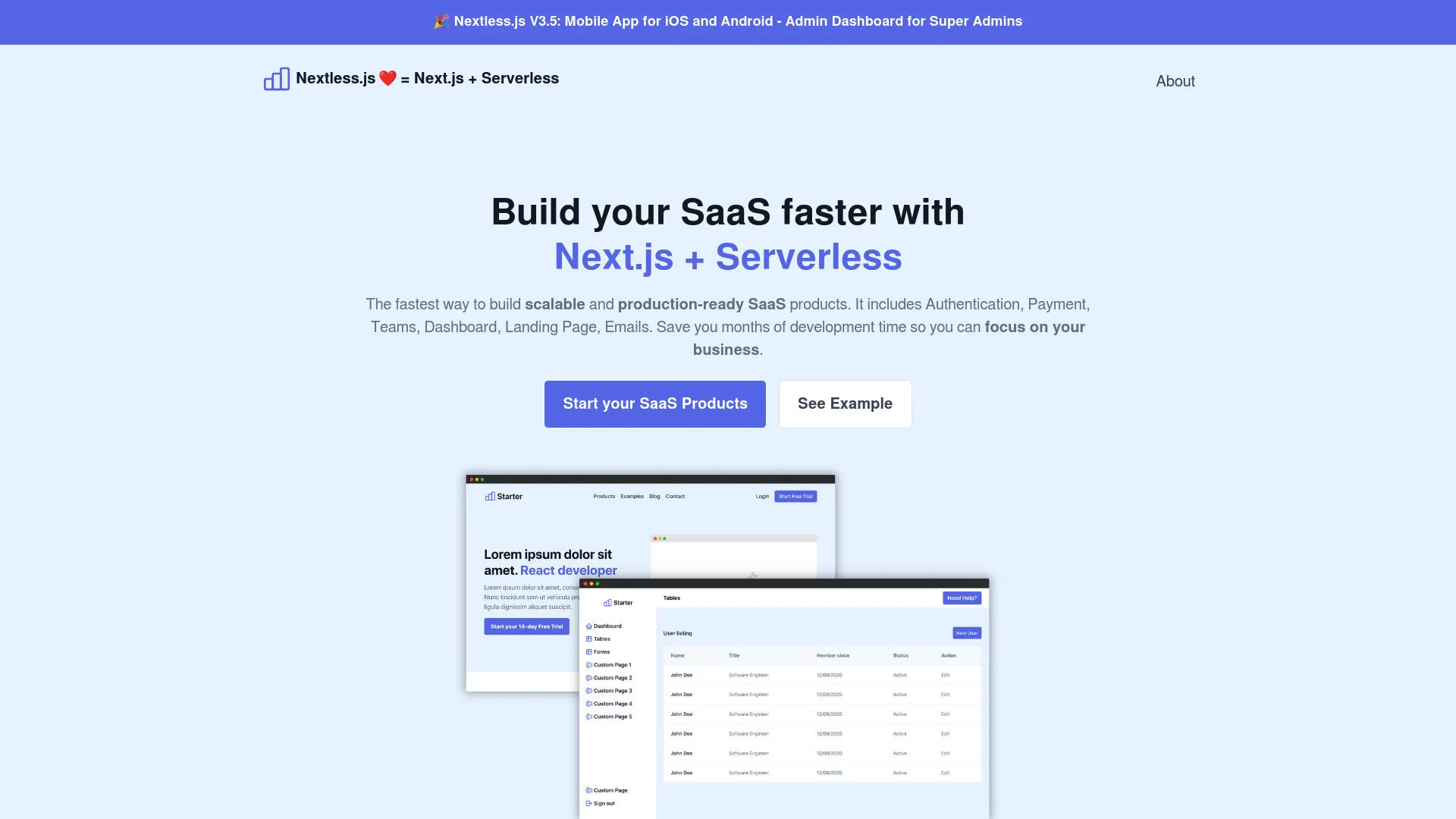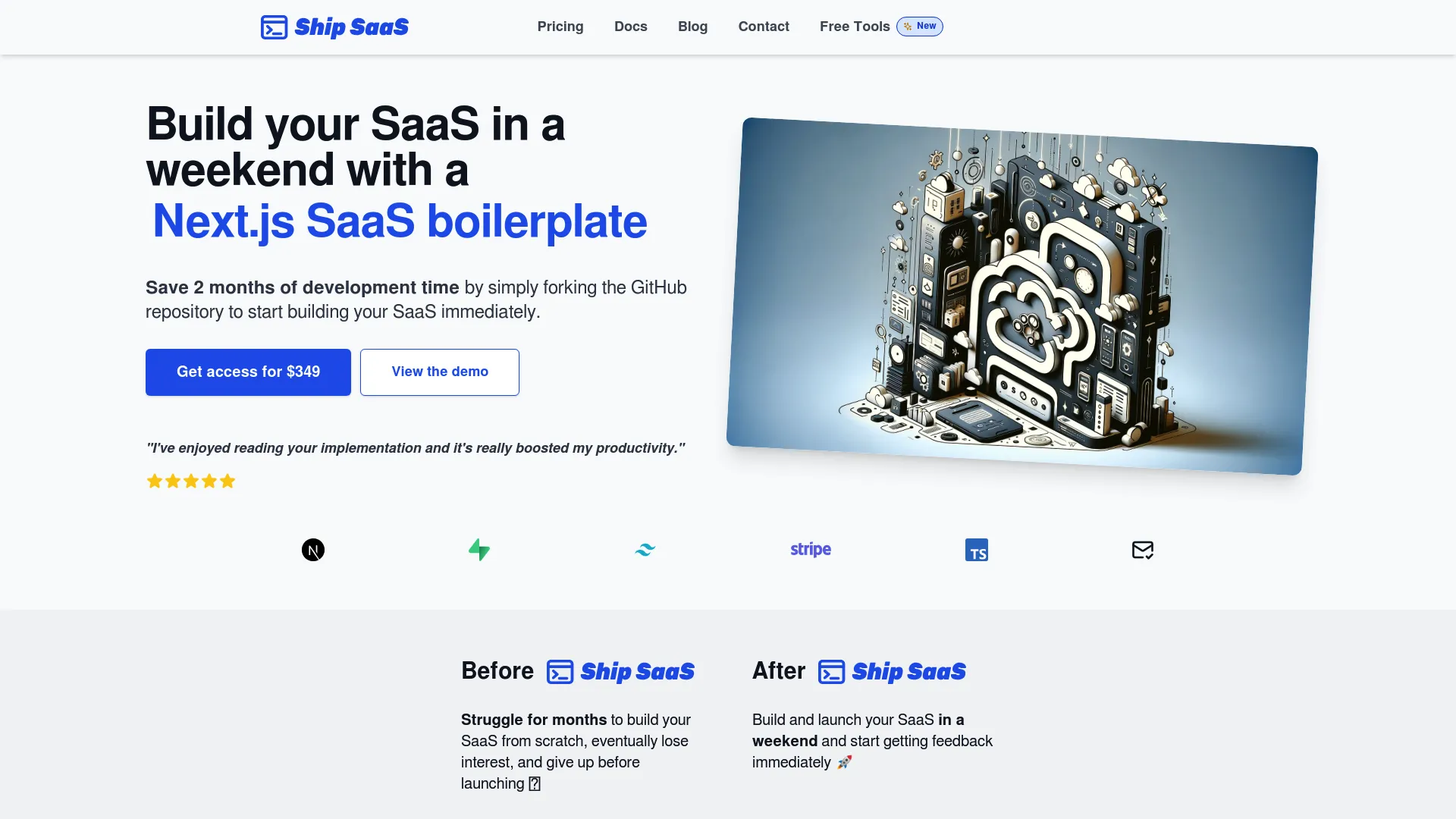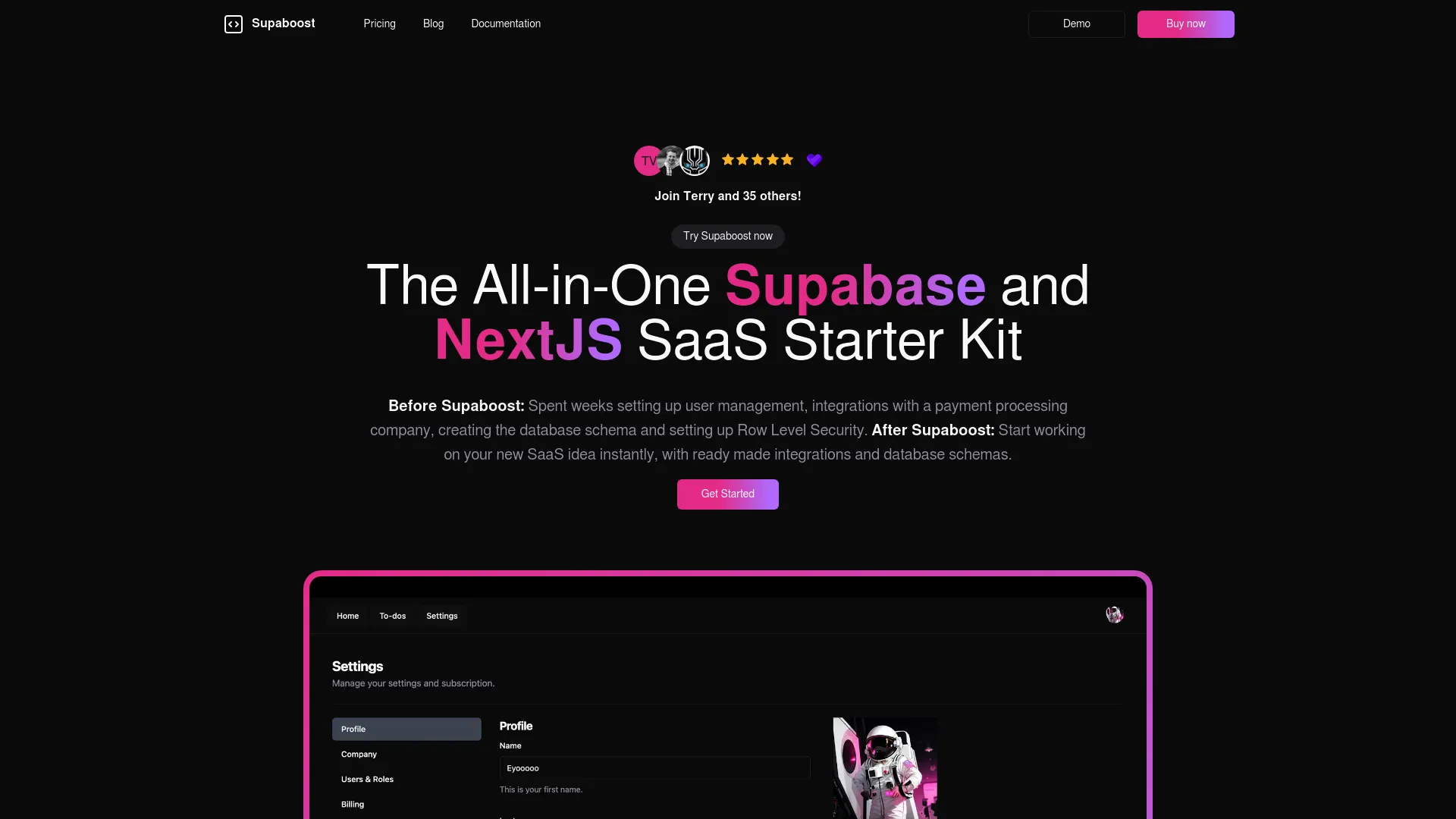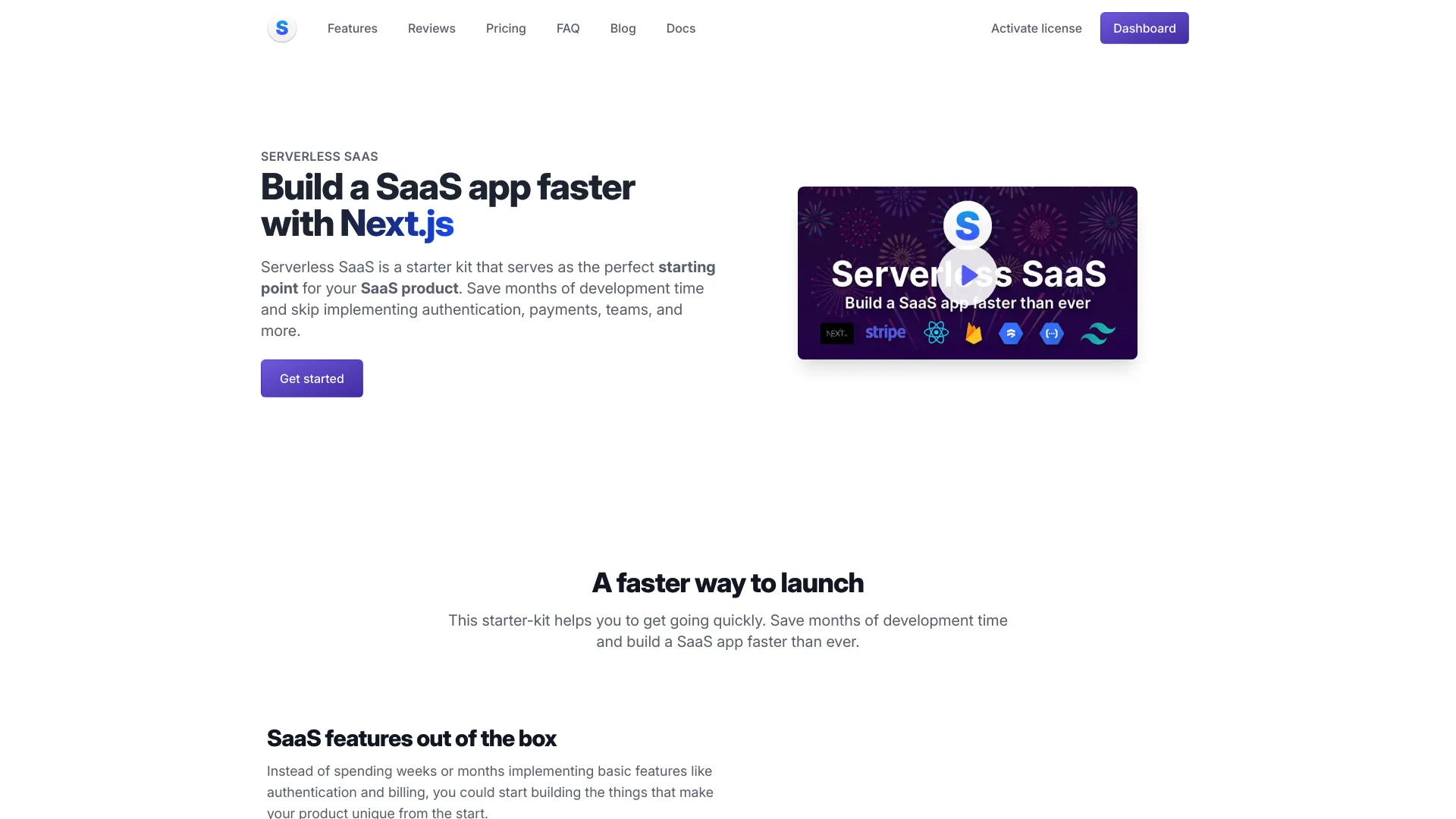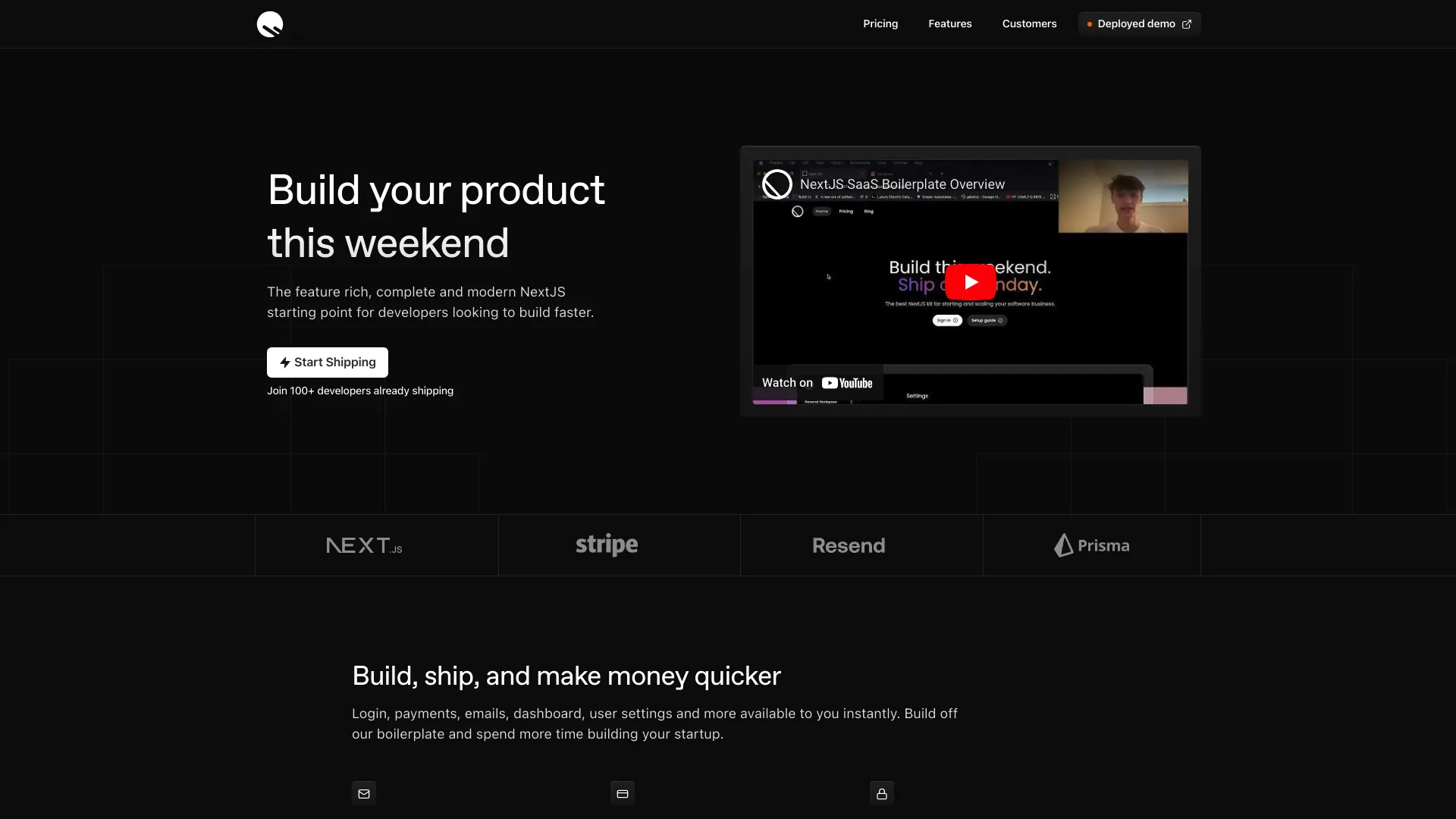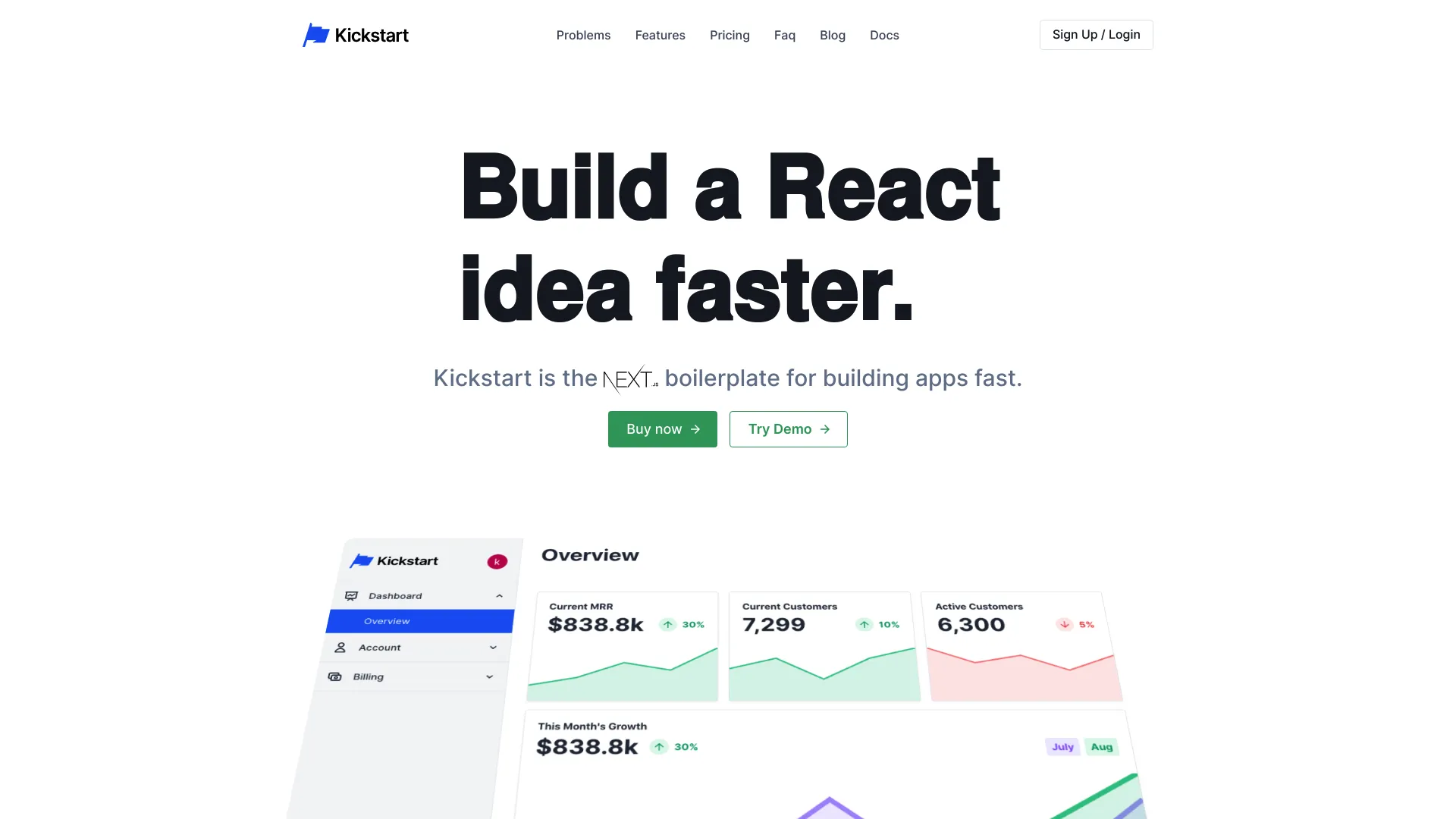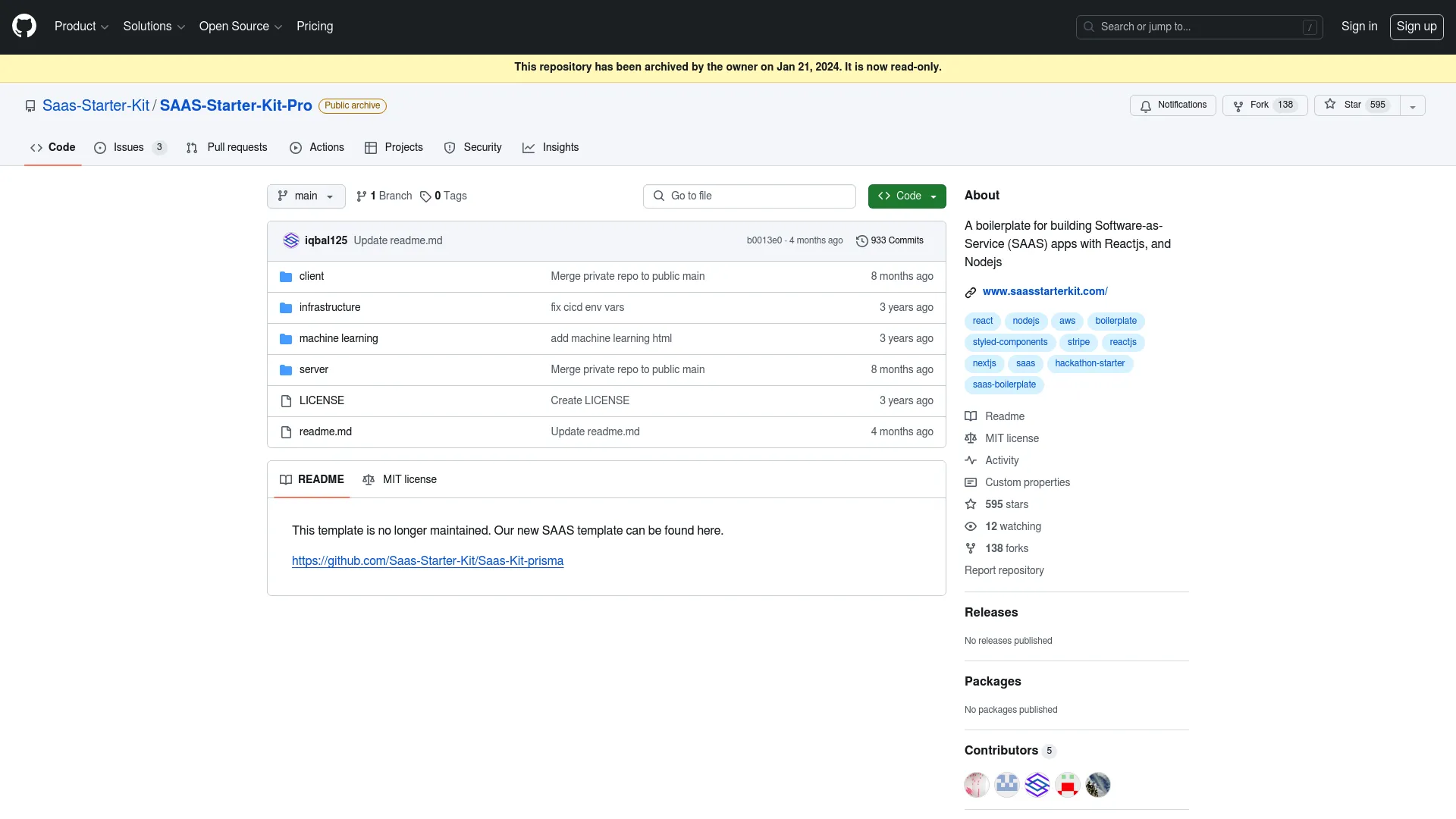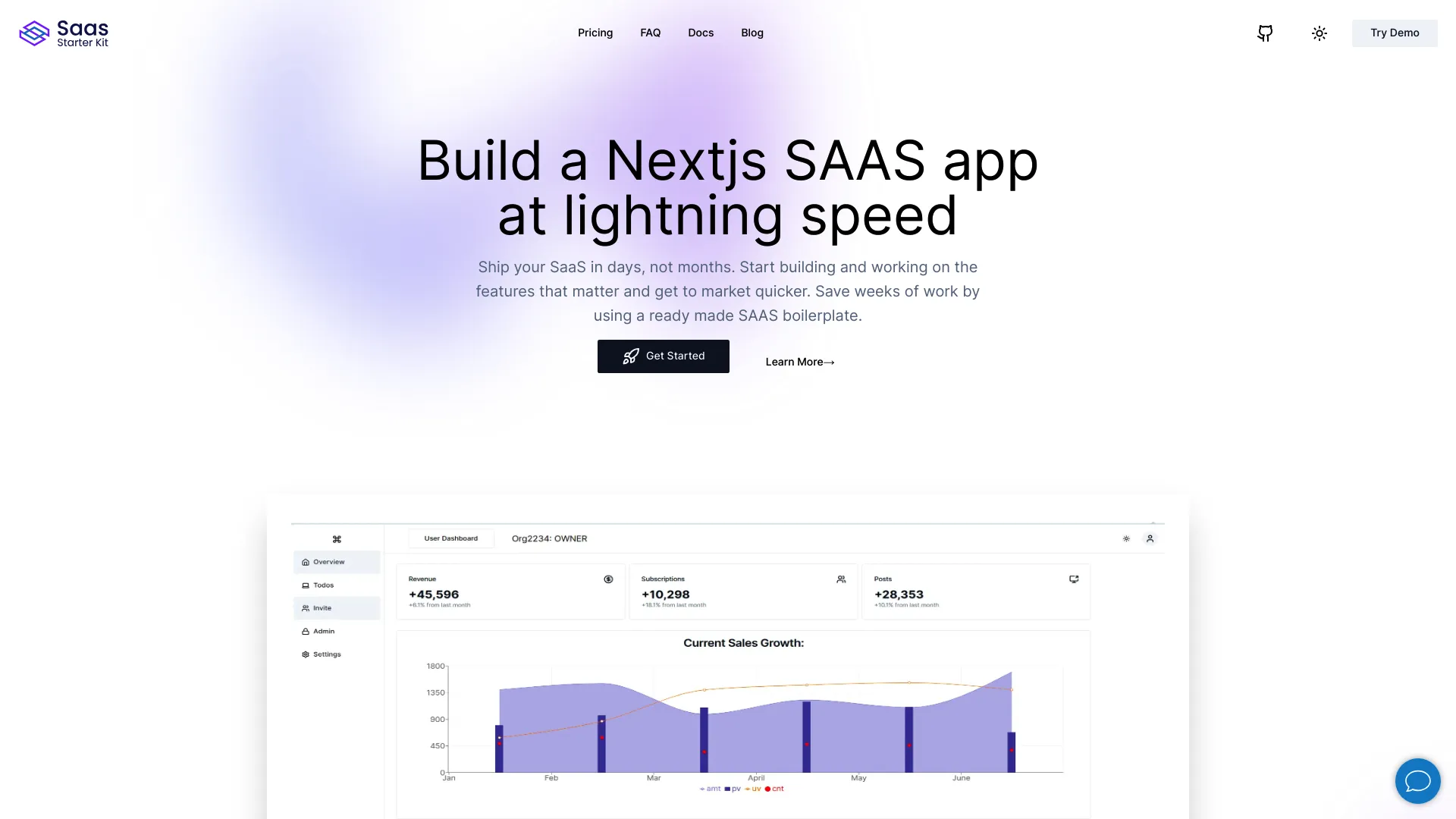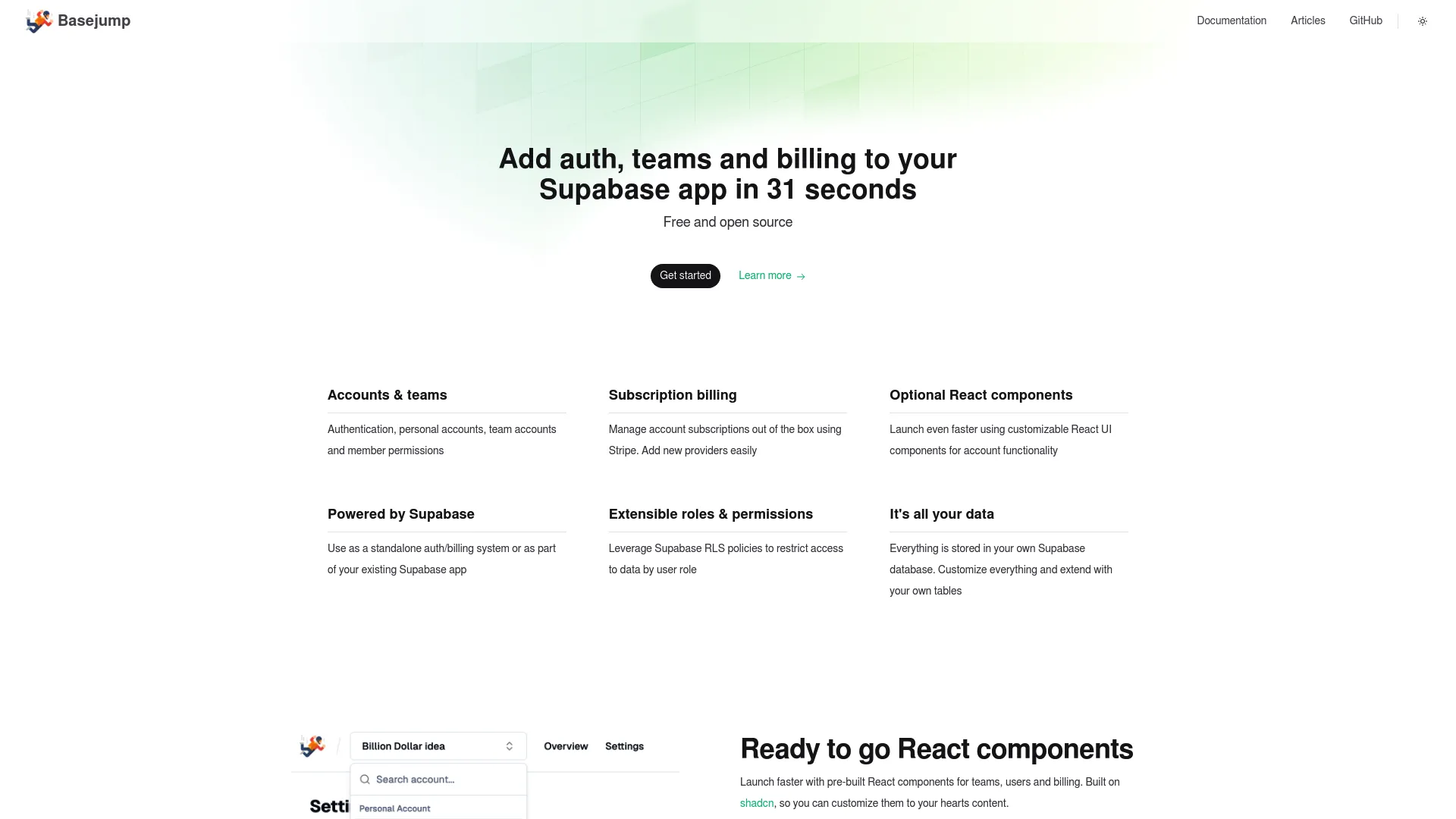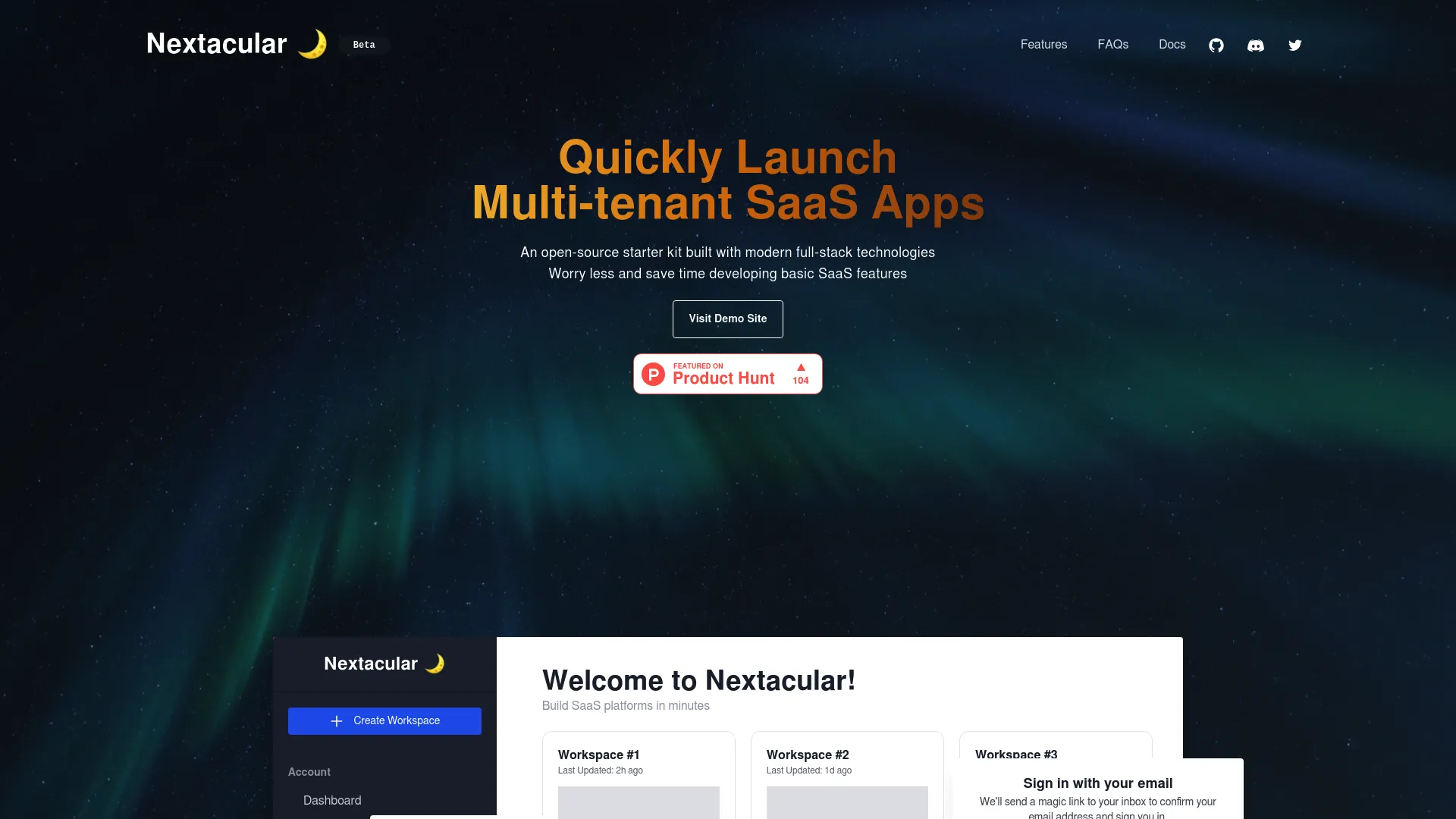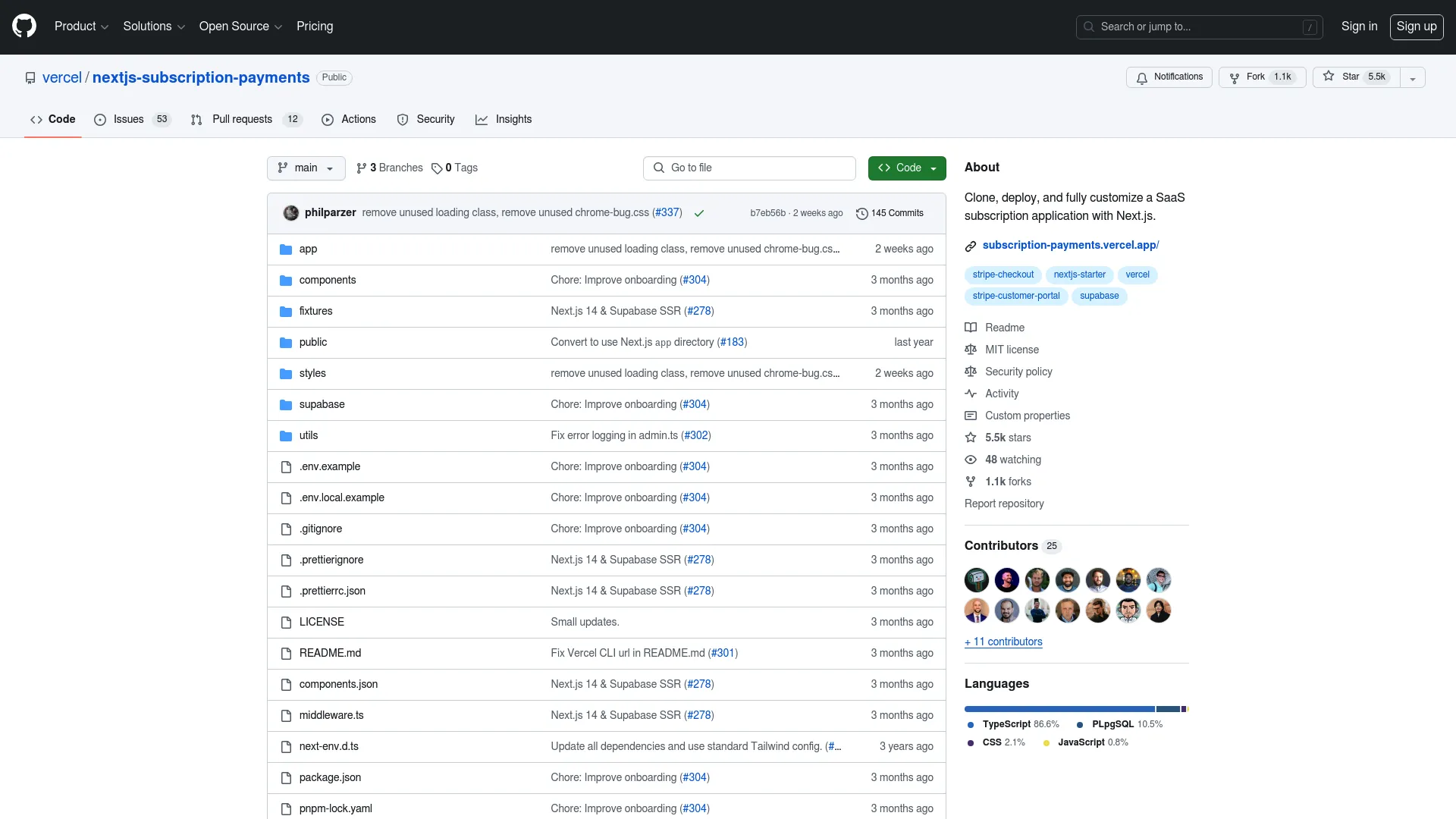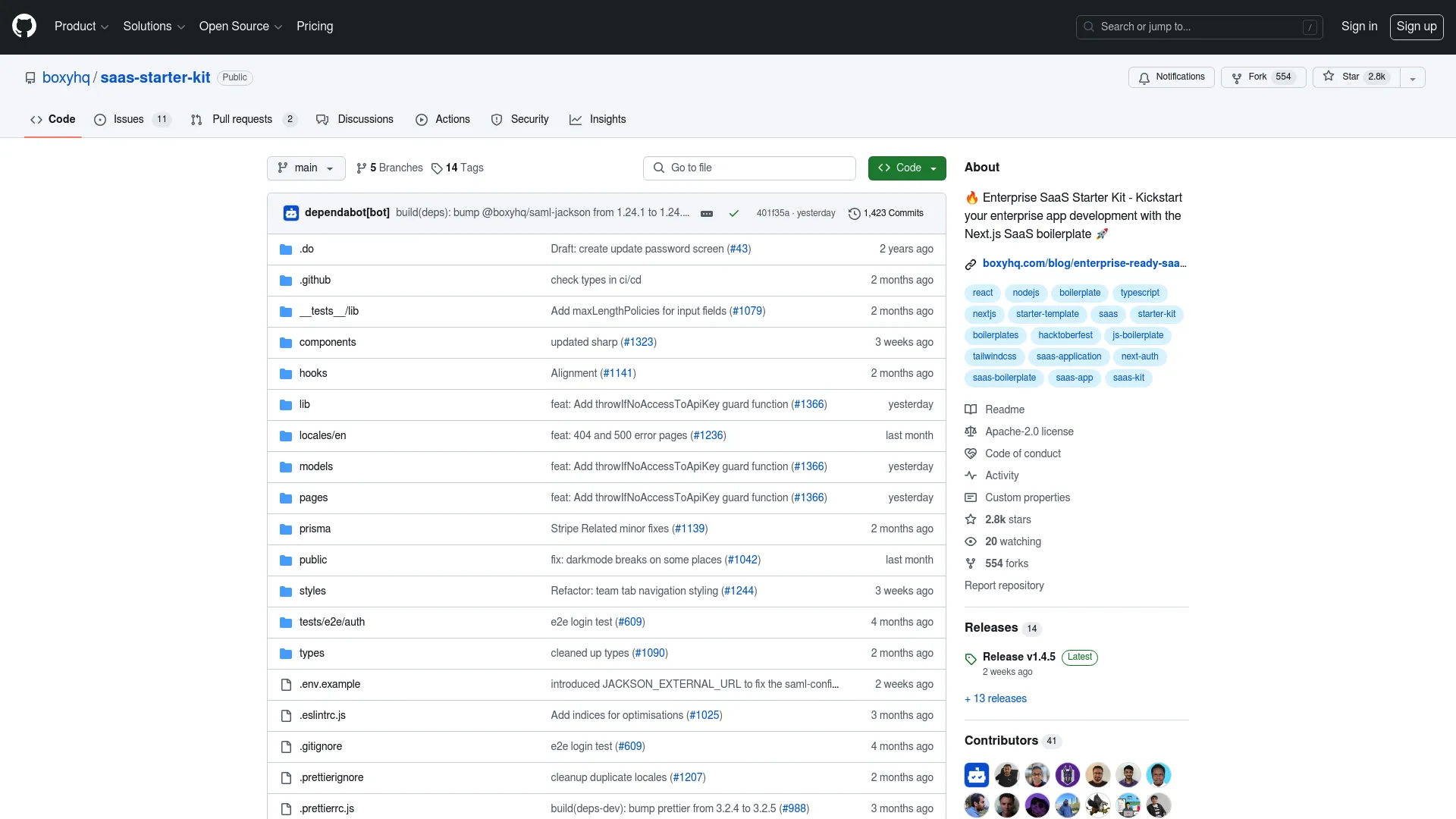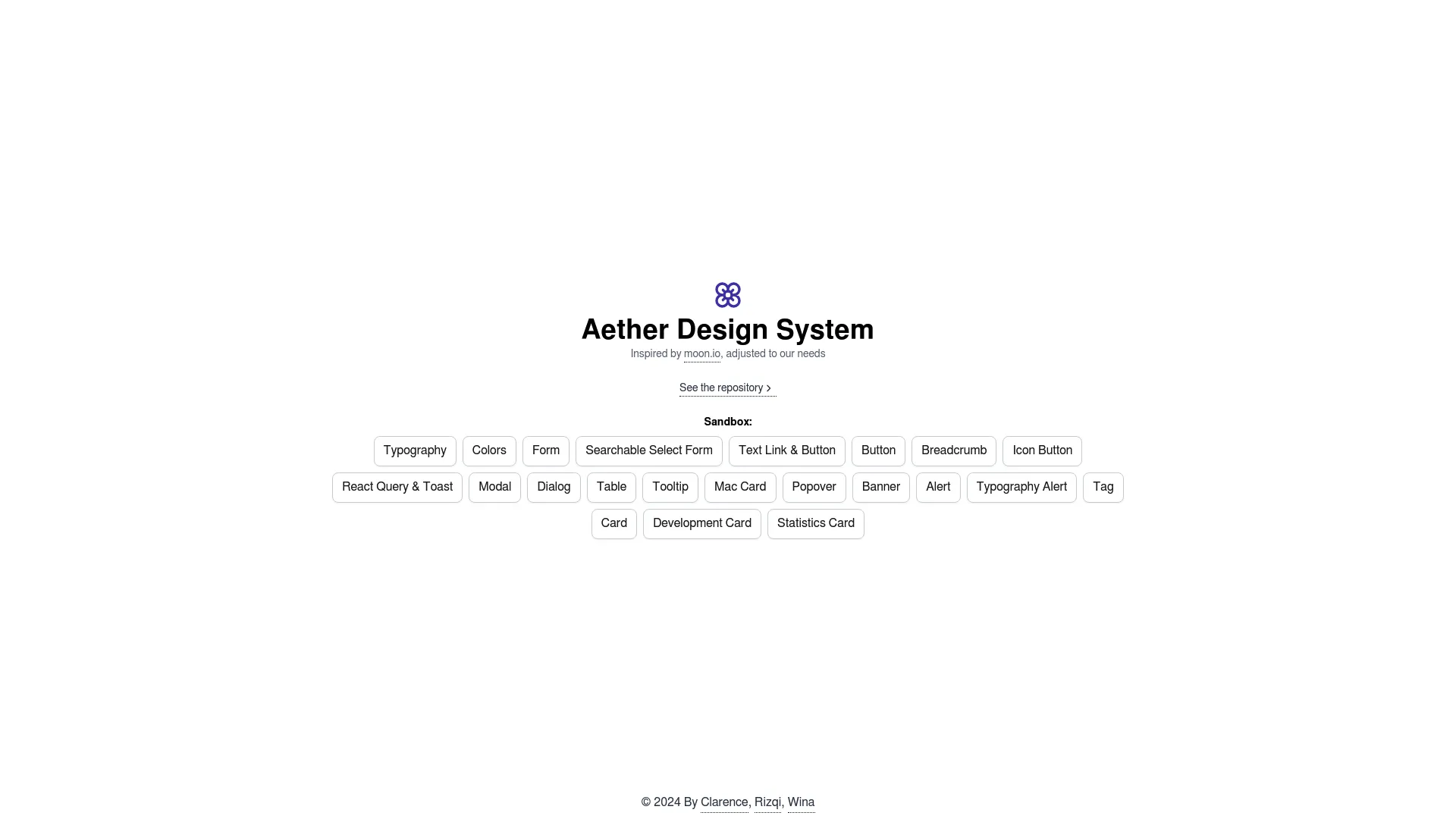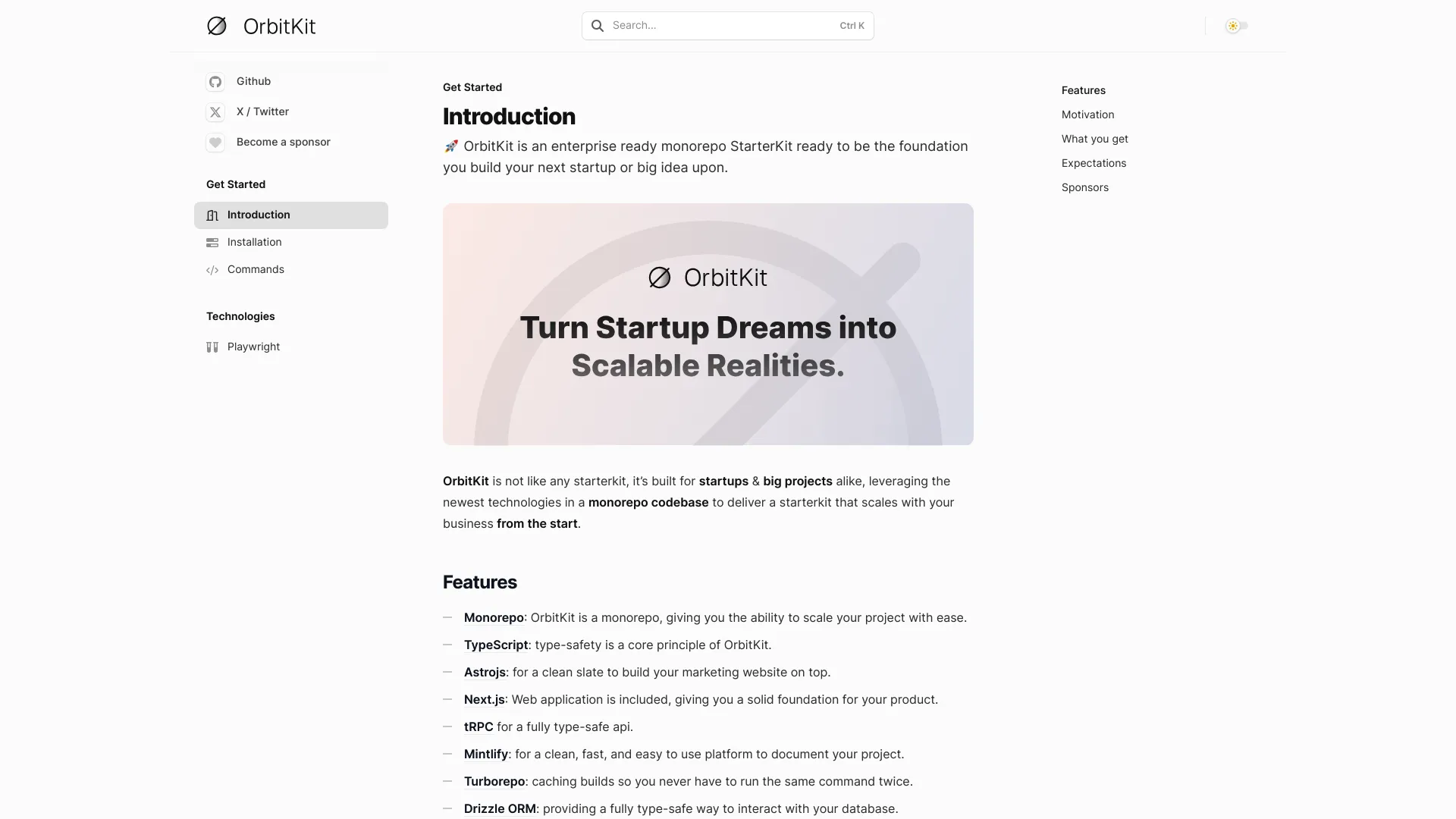Next.js Boilerplates & Starter Kits
Discover high-quality Next.js boilerplates designed to streamline your development process. Learn about Next.js, its benefits, common features, comparisons with alternatives, use cases, and tips on choosing the right boilerplate for your project.
Technologies
Reset


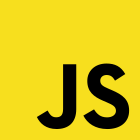









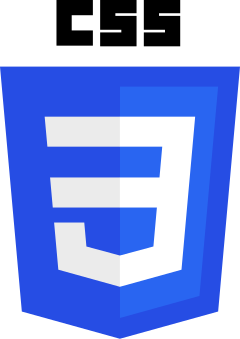



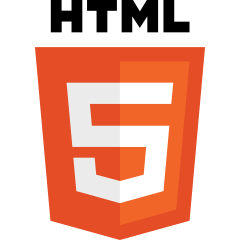


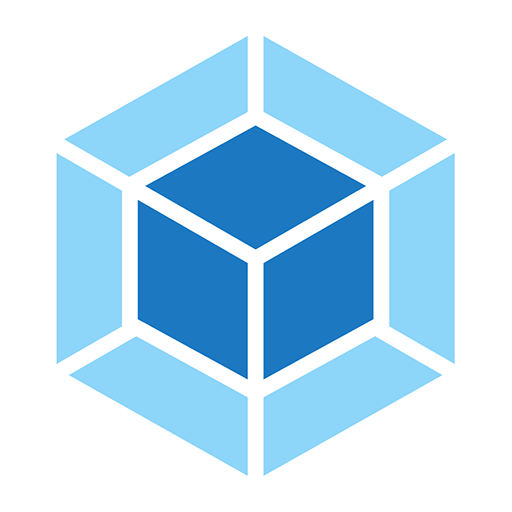
















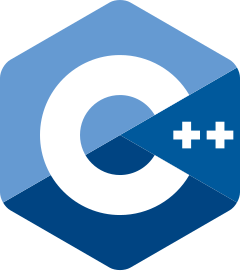
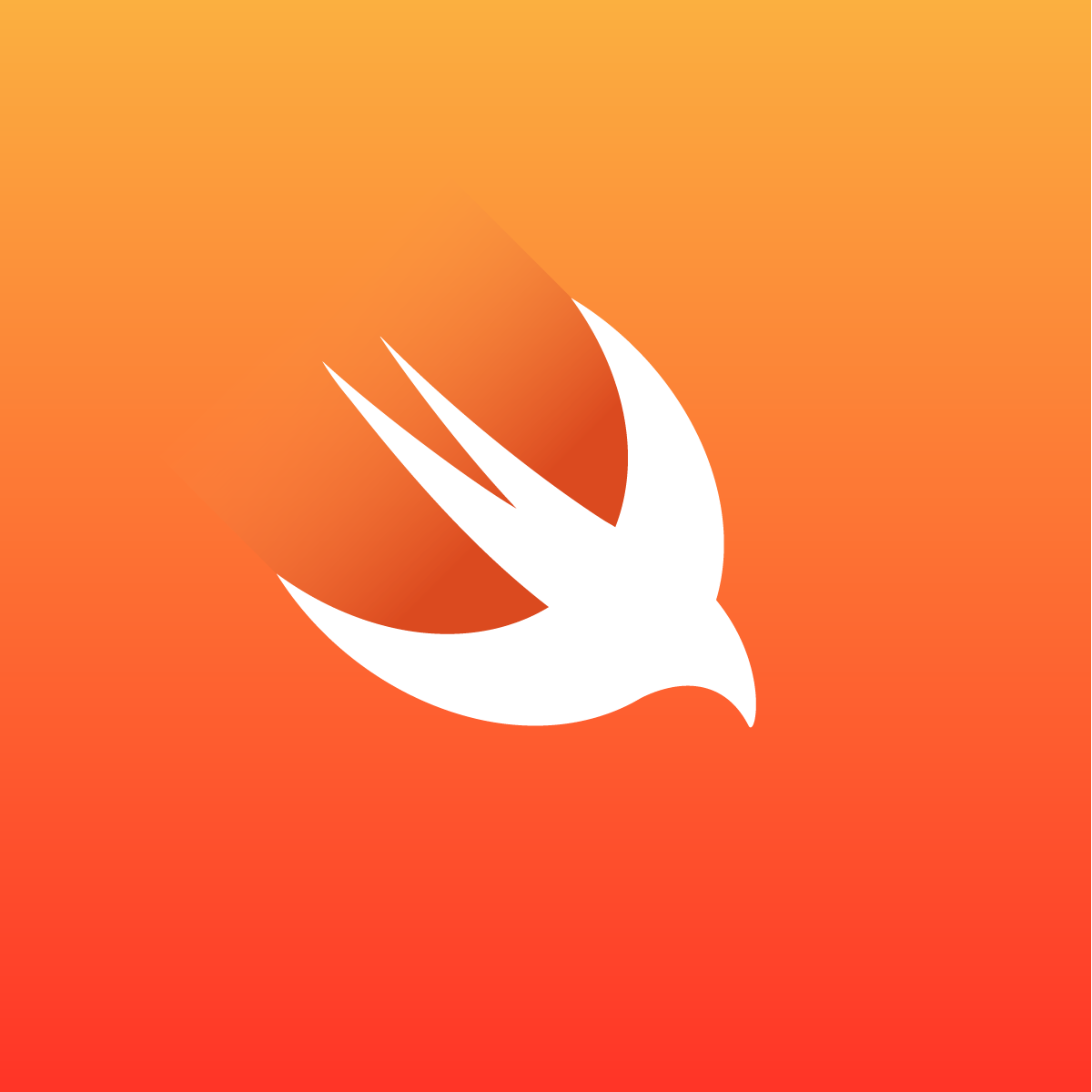


















Tags
Cruip - Beautiful Tailwind CSS Templates
Supastarter - Next.js, Nuxt & SvelteKit Starters
UseSAASKit - SaaS Next.js Template
Shadcnblocks - Block set for Shadcn UI + Tailwind
NextBase
Gravity
Supastarter
Shipped
Shipixen
Makerkit
Modern MERN
Nextless.js
Ship SaaS
Hyper SaaS
Bedrock
Supaboost
Serverless SaaS
SaaS Planet
Ship Apps Fast
React & Firebase SaaS Starter
SupaNexTail
SAAS Starter Kit Pro
SimonHoiberg SaaS Template
SaaS Starter Kit
Nextacular
Next.js Subscription Payments Starter
BoxyHQ Enterprise SaaS Starter Kit
Aether Design System
Nextjs Mongodb App
Learn More About Next.js Boilerplates
What is Next.js?
Next.js is a popular React-based framework developed by Vercel that enables developers to build server-rendered React applications with ease. Known for its simplicity, flexibility, and performance, Next.js streamlines the process of creating web applications by providing a robust set of features out of the box, including server-side rendering (SSR), static site generation (SSG), and API routes. This framework allows developers to build dynamic web applications that are highly optimized for SEO and performance.
Benefits of Using Next.js:
- Server-Side Rendering (SSR): Enhances SEO and performance by pre-rendering pages on the server.
- Static Site Generation (SSG): Generates static HTML pages at build time, offering fast load times and scalability.
- API Routes: Allows you to create API endpoints within the application, simplifying the backend setup.
- Automatic Code Splitting: Optimizes load times by only loading necessary JavaScript for the page being viewed.
- Enhanced Developer Experience: Offers features like hot reloading and TypeScript support, making the development process smoother and more efficient.
- Built-in CSS and Sass Support: Enables the seamless integration of CSS and Sass for styling components.
- Large Community and Ecosystem: Access to a wealth of resources, plugins, and third-party integrations.
Common Features of Next.js Boilerplates
Next.js boilerplates come with pre-configured setups that save developers time and effort. Common features include:
- Pre-configured Routing: Simplifies navigation setup with file-based routing.
- Styled Components: Includes built-in support for popular styling libraries.
- State Management: Integrated support for Redux, MobX, or Context API.
- Authentication: Ready-to-use authentication systems with providers like Auth0 or Firebase.
- Testing Frameworks: Pre-installed testing libraries such as Jest and React Testing Library.
- Linting and Formatting: Configured ESLint and Prettier for maintaining code quality.
- Deployment Scripts: Ready-to-use scripts for deploying to platforms like Vercel or Netlify.
Next.js vs. Gatsby
Both Next.js and Gatsby are popular frameworks for building React applications, but they serve different purposes and have unique strengths.
- Performance: Next.js excels in dynamic applications with server-side rendering and incremental static regeneration. Gatsby, on the other hand, is known for its excellent static site generation capabilities, making it ideal for content-heavy sites.
- Flexibility: Next.js offers more flexibility with SSR and API routes, making it suitable for a wider range of applications. Gatsby relies on GraphQL and is highly optimized for static sites.
- Ecosystem: Gatsby has a strong plugin ecosystem specifically for static site enhancements, while Next.js has broader support for dynamic and static content.
Choosing between the two often depends on the project requirements: Next.js for dynamic, multi-purpose applications and Gatsby for static, content-driven sites.
Next.js Boilerplates Use Cases
- E-commerce Platforms: Build scalable and SEO-friendly online stores.
- Content Management Systems (CMS): Create dynamic and static content sites with ease.
- SaaS Applications: Develop robust and efficient SaaS solutions with built-in API routes and SSR.
- Portfolio Websites: Quickly deploy professional and optimized portfolio sites.
- Blogs and News Sites: Benefit from static site generation for fast load times and better SEO.
How to Choose the Right Next.js Boilerplate
When selecting a Next.js boilerplate, consider the following factors:
- Project Requirements: Identify the specific needs of your project, such as SSR, SSG, or API integration.
- Community Support: Opt for boilerplates with active communities and regular updates.
- Feature Set: Ensure the boilerplate includes necessary features like authentication, state management, and testing frameworks.
- Ease of Use: Choose a boilerplate that aligns with your team's expertise and workflow.
- Documentation: Look for comprehensive and well-maintained documentation to facilitate smooth development.
